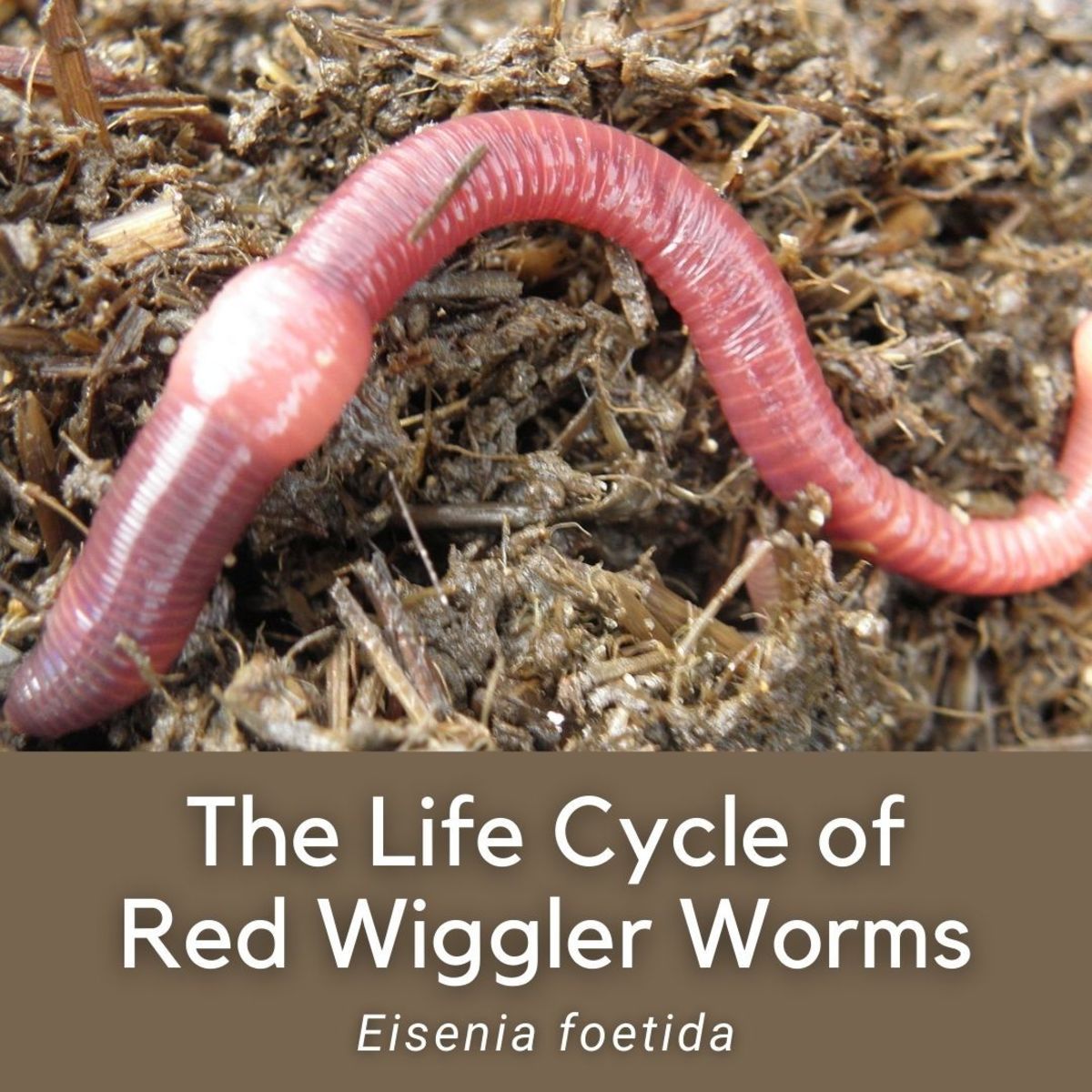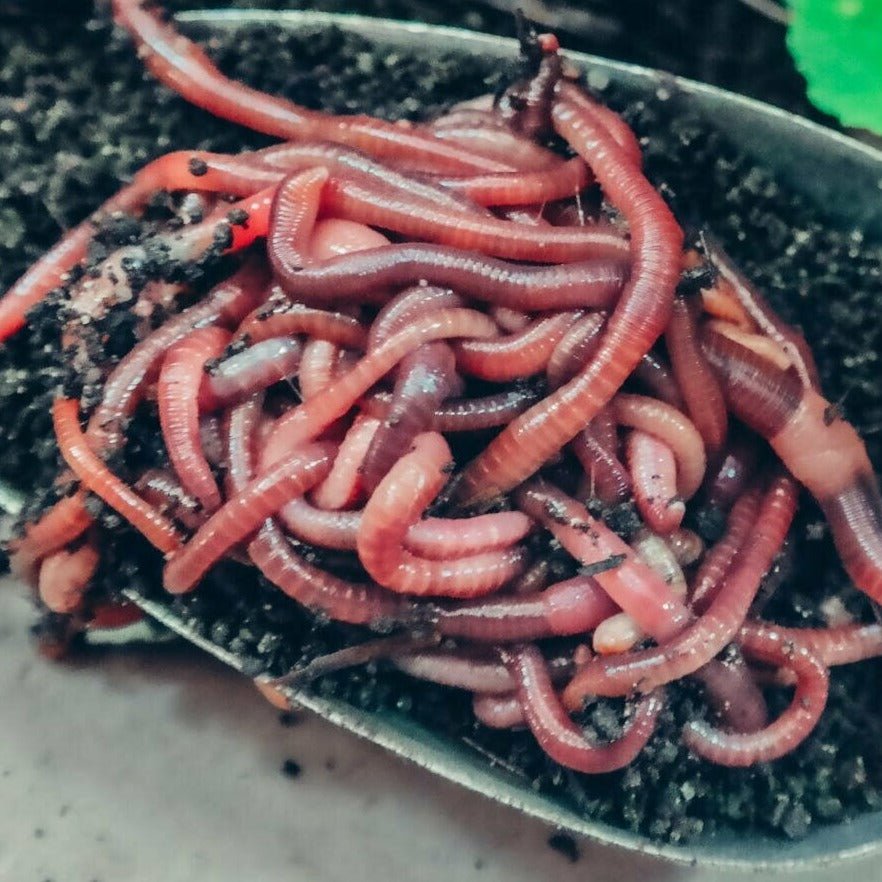Red Wiggler Worms available for sale - Sustainable Waste Administration Service
Red Wiggler Worms available for sale - Sustainable Waste Administration Service
Blog Article
Making Best Use Of the Perks of Red Wiggler Worms: A Comprehensive Handbook for Home Gardeners and Urban Farmers
In the realm of sustainable horticulture practices, red wiggler worms stand as unhonored heroes, silently changing organic waste into nutrient-rich spreadings that can work wonders for dirt wellness. As home gardeners and city farmers significantly seek eco-friendly and economical means to boost their yards, the prospective benefits of taking advantage of the power of red wigglers can not be overstated. From minimizing kitchen waste to growing much healthier plants, the application of these humble creatures uses a wide variety of benefits. By exploring the details of just how to properly look after and take full advantage of the advantages of red wiggler worms, people can open a riches of possibilities for enhancing the sustainability and productivity of their horticulture endeavors.
Recognizing Red Wiggler Worms
Red Wiggler worms, renowned for their effective composting abilities, are a species of earthworms commonly utilized in vermiculture methods. These worms, scientifically recognized as Eisenia fetida, grow in rotting organic product, making them perfect prospects for composting.
One key quality of Red Wiggler worms is their reproductive rate. These hermaphroditic creatures possess both male and women reproductive body organs, permitting them to duplicate swiftly under favorable problems. A fully grown Red Wiggler can produce several offspring in a short period, guaranteeing a stable population within a composting system.

Establishing Up a Worm Bin
When developing a worm bin for vermiculture objectives, proper prep work and attention to information are necessary for creating a helpful environment for Red Wiggler worms. Begin by picking a suitable container for your worm container.

Location the worm container in a great, dark place away from straight sunlight and severe temperature levels. By complying with these actions, you can establish up a flourishing worm container that will successfully refine organic waste right into nutrient-rich vermicompost for your garden.
Feeding and Preserving Worms
Ensuring a well balanced and nutritious diet is critical for the health and efficiency of Red Wiggler worms in a vermiculture system. Red Wigglers are ravenous eaters, capable of consuming their very own body weight in natural matter daily. To preserve a growing worm population, it is vital to provide them with a range of food scraps such as fruit and veggie peels, coffee grounds, tea bags, and sites crushed eggshells. Nonetheless, it is very important to avoid feeding them citrus fruits, onions, garlic, dairy items, meat, and oily foods as these can be harmful to the worms or trigger unpleasant smells in the bin.
Proper dampness degrees are additionally important for the health of Red Wiggler worms. By carefully monitoring their diet plan, moisture, and environmental conditions, home garden enthusiasts and metropolitan farmers can sustain a productive and healthy Red Wiggler worm population for composting purposes.
Harvesting Worm Spreadings
To efficiently extract nutrient-rich worm spreadings from the vermicompost, an organized harvesting procedure is necessary for maximizing the composting advantages. The first step in gathering worm castings is to motivate the worms to migrate to one side of the bin.
After the spreadings have actually been harvested, it is very important to divide any staying worms from the spreadings to stay clear of harming them during storage or application. One efficient approach is to create cone-shaped stacks of spreadings under intense light. Worms will instinctively move away from the light, permitting very easy separation and removal.
Finally, the harvested worm castings must be saved in a great, dark, and completely dry location to keep their quality and effectiveness as a nutrient-rich soil modification. By following these actions, home garden enthusiasts and urban farmers can make the most of the benefits of red wiggler worms in their vermicomposting systems.
Using Worm Castings in Horticulture
The unification of nutrient-rich worm castings right into garden soil can considerably boost plant growth and total soil health and wellness. Worm spreadings, also called vermicast, are a natural fertilizer generated by red wiggler worms as they break down raw material. These spreadings are rich in necessary nutrients like nitrogen, phosphorus, potassium, and beneficial microorganisms that advertise plant development and improve dirt framework.
When making use of worm spreadings in horticulture, it is necessary to blend them extensively right into the dirt or utilize them as a leading clothing around plants. The slow-release nature of worm spreadings guarantees a consistent supply of nutrients to plants with time, reducing the risk of nutrient leaching and promoting long-lasting soil fertility. In addition, worm castings help enhance soil oygenation, water retention, like this and microbial activity, developing a healthy environment for plant roots to flourish.

Verdict
Finally, the use of red wiggler worms in home gardening and city farming can substantially benefit soil health and plant growth. By understanding exactly how to establish and preserve a worm container, feed the worms appropriately, and collect their nutrient-rich castings, garden enthusiasts can make best use of the benefits of these earthworms. Including worm castings into gardening techniques can boost dirt fertility and overall plant efficiency. Generally, red wiggler worms supply a sustainable and effective remedy for boosting garden and farm yields.
In the world of sustainable horticulture methods, red wiggler worms stand as unsung heroes, quietly transforming organic waste right into nutrient-rich spreadings that can function marvels for soil health.When establishing a worm container for vermiculture objectives, correct prep work and interest to detail are necessary for developing a helpful atmosphere for Red Wiggler worms. The very first step in gathering worm castings is to motivate the worms to migrate to one side of the bin. Worm castings, also known as vermicast, are a natural plant food generated by red wiggler worms as they damage down natural matter. By recognizing how to set up and keep a worm container, feed the worms effectively, and collect their nutrient-rich spreadings, gardeners can make best Click Here use of the advantages of these earthworms.
Report this page